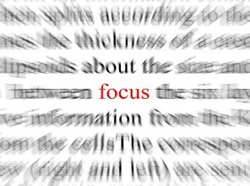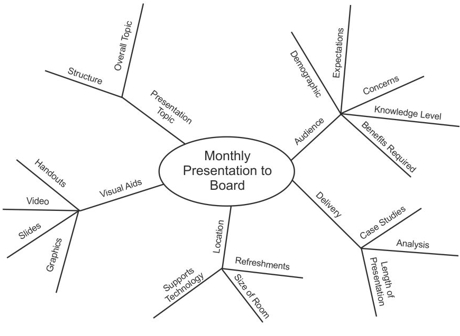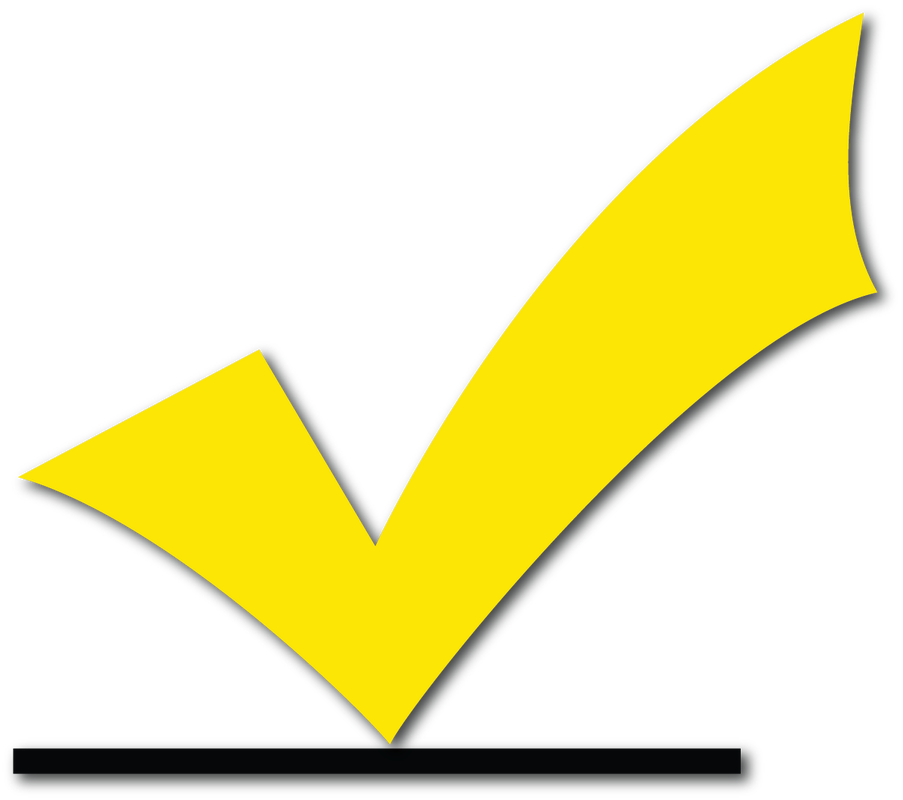 It is really easy to set up your voicemail with a message that gives specific times that you return calls. When you pick up the phone to answer it, just because it rings, you are interrupting whatever your current task at hand is. How long will it take you to recover from that call? Is it worth answering the phone every time it rings? Make sure your staff knows how to answer the phone and take messages for you. Let them know when you do not want to be disturbed. If you do not have staff to handle this task for you set up your voicemail message in a manner that lets people know when you check your messages. Some people even choose to have their voicemail say a better method of contacting them like text or email.
0 Comments
 It is important to make sure that you put cushion time in your schedule. While thinking about what to write to expand on this topic we came across one of the definitions of cushion that is interesting and relevant. Cushion (noun): something helpful; something that limits the effect of an unpleasant situation. That is exactly what cushion time does; it limits the effect of something unpleasant like your client being late or getting stuck in traffic. Cushion time can be as simple as leaving enough time between meetings to make sure you arrive on time. I used to be notorious for scheduling a hour long session with a personal training client at 8am and scheduling a nutrition client across town at 9am. It looked fine in my schedule but logistically would not work. Even if you don't have to travel, cushion time between appointments can help give you a break and/or breathing room if a client or customer is early or late. How about if it is a new place you are going to? Leave extra time to get there and figure out where you need to be. What if you have to go around the block a few times to find parking... will that make you late? Or did you leave enough "cushion?"  Participate in the activity of having a daily focus can help you accomplish more. It is something we teach in all our courses on time management and planning. We even incorporate it into a space in our planner. From your daily focus you can determine what tasks are a priority that day. For instance, if the focus of the day is finances; your tasks may include paying bills, calling your bookkeeper, or creating a budget. If your focus of the day is social media then your tasks could be to write a blog, set up posts in Hootsuite, and film a new YouTube video. Another fun focus is just that; FUN. If your focus is fun you could have tasks like going for a hike, getting a massage or manicure, and going to brunch with the girls. When you focus your day, and your tasks along with it, you are likely to get more items done because you have grouped your tasks. However, don't take our word for it... Give it a try! Let's start by defining some terms:
As you can see a doable task is different than a project. It is not to say that projects cannot be completed; it is that projects need to be broken down into manageable tasks. For instance, if your project is that you need to complete your taxes. There are tasks within that project that need to be completed: calling your CPA, filing an extension, gathering certain documents, etc. A helpful tool for creating doable tasks from major projects is mind mapping. You can see an example below and you can also check out the YouTube video we did on how to mind map. |
Archives
January 2021
Categories
All
|


 RSS Feed
RSS Feed
